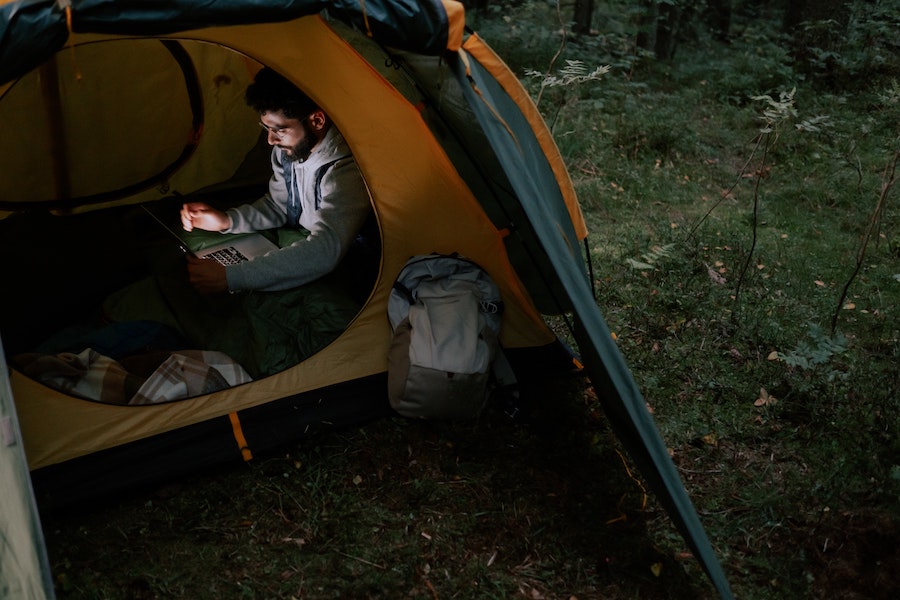
How to Connect a Generator to Your Home
Everything you need to know to connect a portable generator to your home.
In this article:
Investing in a home backup generator is a great way to protect your family if you are stuck in a prolonged power outage. There are hundreds of options for different sizes of generators at various price points.
No matter which generator you decide to use, at a high level there are two primary ways to connect your portable generator to your home.
- Connect each appliance with power cords
- Connect your generator to a transfer switch
There are some other methods that are more technical like if you have a battery backup system, solar, etc. In the interest of simplicity, will stick to the use case most people are facing.
Before we hop into connecting your portable generator to your home keep these two things in mind.
- Always keep your generator outside when it’s running to avoid harmful exhaust fumes (carbon monoxide).
- Always consult your generator's manual for operating instructions.
Using Transfer Systems
The most ideal way to connect your generator to your home is via a transfer system. A transfer system allows you to toggle your home from the energy grid to your own power input i.e your generator.
Since transfer systems energize your home’s circuits it means all of your hardwired appliances can be powered. Lights, ceiling fans, air-conditioning units, etc, would all work if you have a powerful enough generator.
Installing a transfer switch requires a solid understanding of electrical components and working with electricity has the potential to be dangerous. Decide for yourself if you want to DIY the install or hire a professional. We advise that most people should hire an electrician to install and test the switch to avoid any issues.
Once you have a transfer switch installed connecting your generator is as simple as plugging in your generator and flipping the transfer switch. If your generator has an auto-switch feature you can use the transfer switch to automatically turn on your generator when it sees that your home’s power is out.
Using Power Cords
Some generators will only have your typical 3-prong 20A 120V AC outlet, others will have a 4-prong 20/30-amp outlet. Using the 4-prong outlet with a gen-cord is ideal since they are safer to use and maximize the power distribution from your generator.
Gen-Cords
Most gen-cords have a 4-prong end that you will plug into your generator. The other end will typically have several 3-prong outlets. Simply connect your gen-cord to the generator and run your gen-cord into your home via a window, door, etc. Then plug-in appliances or electronics using extension cables.
Extension cords
Most generators have a 120V AC outlet (wall outlet) that you can simply plug an extension cord into. From there you could plug in your appliances like a refrigerator, TV, window air-conditioner, etc.
You will not be able to power everything in your home using an extension cord from your generator. This method is great if you want to power a few small appliances, but if you want to power your entire home you will need to use a transfer switch.
Additionally, you should use at least 3 pronged 14-gauge extension cords, but ideally a 12-gauge if you have one.
Never plug your generator into your home's wall sockets. This is known as backfeeding. Backfeeding is extremely dangerous and could cause injury or death to yourself, a utility worker, or your neighbors.
Written by Thad Warren
Thad is a native Texan who has worked in the energy industry for just over 5 years.
Connect
Recent Posts
The Best RV Generators for 2025
Our picks to power your RV on your next big trip.
January 2025

6 minutes

The Best Small Generators for Camping
We reviewed dozens of small camping generators to find the best options to power your campsite.
March 2023

3 minutes

Top 5 Small Generators for Easy Travel or Storage
These compact generators make it easy to camp comfortably in your RV or trailer with all the power you need.
July 2023

4 minutes


